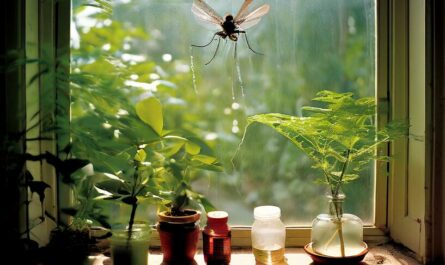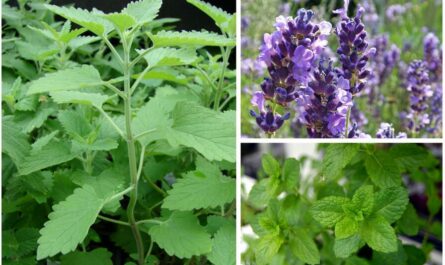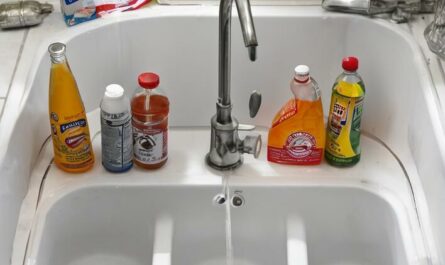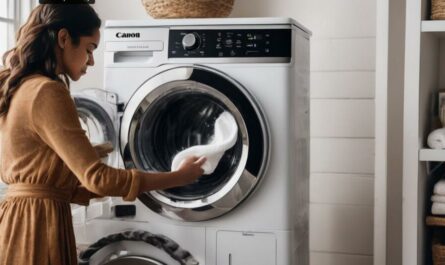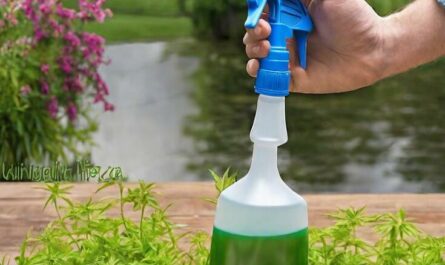Head lice infestations can be bothersome and embarrassing, affecting people of all ages. These tiny, wingless insects make their home in human hair and can cause itching and discomfort. While over-the-counter treatments are available, they often contain harsh chemicals.
This article explores 14 natural home remedies for head lice that are effective, safe, and easy to use. These remedies are affordable and eliminate the risk of exposure to potentially harmful substances. Let’s dive into the world of natural treatments for head lice and bid these pesky creatures goodbye!
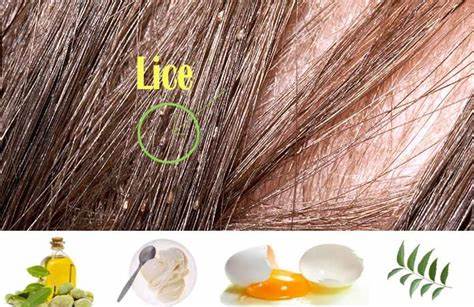
What Are Head Lice?
Head lice are parasitic insects that thrive in human hair and feed on blood from the scalp. They are tiny, usually about the size of a sesame seed, and are light brown in color. Head lice are not dangerous and don’t spread disease.
However, they can cause itchiness and discomfort. Head lice are visible to the naked eye and move quickly. They lay their eggs, known as nits, near the scalp. The eggs are small, oval-shaped, and yellow or white. Nits stick to the hair shaft and are very difficult to remove.
Head lice are highly contagious and can be spread easily from person to person, especially amongst children in school, or through sharing personal items such as hats or brushes.
How to Identify Head Lice?
To effectively get rid of head lice, it’s essential first to confirm their presence. They can be tough to identify as they are small, but there are some tell–tale signs that you may have an infestation.
Look closely at the scalp: Part of the hair, and check for small, white, oval–shaped eggs (nits) attached to the hair shaft. Nits are small, oval-shaped eggs that are often white or yellow and are attached to the hair shaft close to the scalp. Live lice are gray or tan and move quickly.
Check for intense itching: Head lice infestations can cause intense itching due to an allergic reaction to their saliva. Look for red bumps or sores on the scalp.
Check for lice in other body parts: Head lice can live in other areas, including the neck, behind the ears, and near the temples.
14 Natural Home Remedies For Head Lice
Here are 14 effective and easy-to-use home remedies for treating head lice:
1. Tea Tree Oil
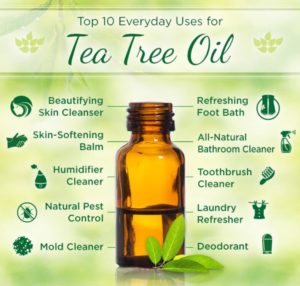
Tea tree oil is a natural insecticide that contains terpenoids, which have powerful antimicrobial properties. It works by suffocating the lice and disrupting their ability to feed and reproduce, ultimately leading to their demise.
- Mix 10-15 drops of tea tree oil with 2 tablespoons of coconut oil.
- Thoroughly apply the mixture to the scalp and hair, ensuring all areas are covered.
- Massage the scalp gently for a few minutes to ensure proper penetration.
- Cover your hair with a shower cap and leave the mixture on for at least 30 minutes.
- Use a fine-toothed comb to remove the dead lice and nits carefully.
- Shampoo your hair to wash away the oil residue.
2. Apple Cider Vinegar Rinse
Apple cider vinegar has acetic acid, which helps dissolve the glue-like substance that lice use to attach their eggs (nits) to the hair shafts. This makes it easier to comb out the nits and break the life cycle.
- Mix equal parts of water and raw, unfiltered apple cider vinegar.
- After shampooing your hair, pour the mixture over your scalp and hair.
- Gently massage the scalp for a few minutes.
- Leave the solution on for about 5 minutes before rinsing thoroughly with water.
3. Neem Oil Hair Mask
Neem oil is a potent insecticide and antimicrobial agent, making it effective in killing head lice and preventing their infestation.
- Mix 4-5 tablespoons of neem oil with 2 tablespoons of yogurt and 1 tablespoon of honey.
- Apply the mask generously to your scalp and hair, ensuring complete coverage.
- Leave the mask on for about an hour, allowing the neem oil to work its magic.
- Rinse your hair thoroughly and use a nit comb to remove any dead lice or nits.
4. Mayonnaise Treatment
Mayonnaise acts as a suffocating agent for head lice, cutting off their oxygen supply and causing them to perish.
- Take a sufficient amount of full-fat mayonnaise and apply it liberally to your scalp and hair.
- Cover your hair with a shower cap or plastic wrap to keep the mayonnaise in place.
- Leave the treatment overnight for maximum effectiveness.
- In the morning, carefully comb out the dead lice and nits from your hair.
- Wash your hair thoroughly to remove the excess mayonnaise.
5. Saltwater Soak
Saltwater dehydrates and kills lice by drawing out the moisture from their bodies.
- Dissolve 1/4 cup of salt in 4 cups of warm water.
- Fully saturate your hair with the saltwater solution.
- Cover your head with a shower cap and leave the solution on for about two hours.
- Afterward, rinse your hair thoroughly and comb out the dead lice and nits.
6. Essential Oil Blend
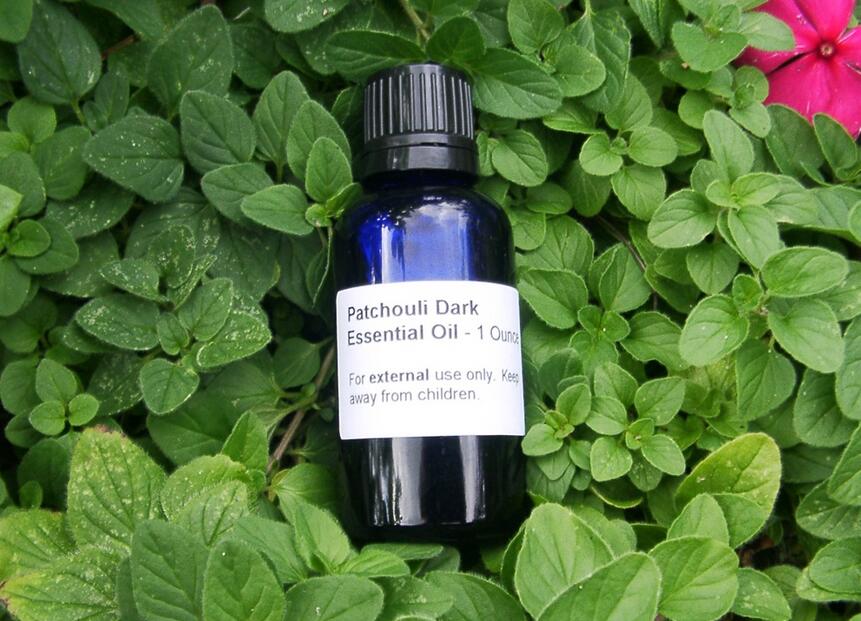
The combination of lavender, eucalyptus, and peppermint oils acts as a powerful repellent against head lice, preventing re-infestation.
- Mix 5 drops each of lavender, eucalyptus, and peppermint oils with 2 tablespoons of carrier oil (such as coconut or olive oil).
- Apply the essential oil blend to your scalp and hair, making sure to cover all areas.
- Massage your scalp gently to enhance absorption.
- Leave the mixture on for at least an hour before washing your hair.
7. Garlic and Lime Paste
The strong odor of garlic suffocates lice, while the acidity of lime helps loosen the nits.
- Crush several garlic cloves and mix them with freshly squeezed lime juice to form a paste.
- Apply the paste to your scalp and hair, ensuring all areas are covered.
- Leave the mixture on for 30 minutes before thoroughly rinsing your hair.
8. Petroleum Jelly Application
Petroleum jelly creates a barrier that suffocates and immobilizes the lice, making them easier to remove.
- Generously apply petroleum jelly to your scalp and hair, ensuring complete coverage.
- Cover your head with a shower cap to trap the heat and enhance the suffocating effect.
- Leave the jelly on overnight, allowing it to work its magic.
- In the morning, use a nit comb to remove the dead lice and nits.
- Wash your hair thoroughly to remove the petroleum jelly.
9. Onion Juice Treatment
Onion juice contains sulfur compounds that have insect-repelling properties, making it effective against lice.
- Grind an onion and extract its juice using a strainer or cloth.
- Apply the onion juice to your scalp and hair, massaging it gently.
- Leave the juice on for an hour before washing your hair.
10. Coconut Oil and Camphor Remedy
Camphor acts as a natural insecticide, and coconut oil helps suffocate lice, making this combination a powerful remedy.
- Mix a pinch of camphor powder with 2 tablespoons of coconut oil until it dissolves.
- Apply the mixture to your scalp and hair, making sure to cover all areas.
- Leave the mixture on for a few hours before washing your hair thoroughly.
11. Baking Soda Scrub
Baking soda helps exfoliate the scalp, dislodging lice and nits from the hair shafts.
- Mix baking soda with water to form a thick paste.
- Gently massage the paste onto your scalp, paying particular attention to areas with lice infestations.
- Rinse your hair thoroughly, making sure to remove all baking soda residue.
12. Sesame Seed Oil Massage
Massaging the scalp with warm sesame seed oil suffocates lice and helps remove them.
- Warm sesame seed oil slightly and apply it to your scalp and hair.
- Gently massage the oil into your scalp for about 10-15 minutes.
- Leave the oil on for 30 minutes before combing out the dead lice and nits.
13. White Vinegar and Coconut Oil Rinse
White vinegar helps dissolve the glue that holds nits to the hair shafts, and coconut oil suffocates the lice.
- Mix equal parts of white vinegar and coconut oil.
- Apply the mixture to your scalp and hair, coating all areas.
- Leave the solution on for at least an hour before combing out the dead lice and nits.
14. Lemon Juice Spray
Lemon juice’s acidic nature helps kill lice and nits.
- Mix freshly squeezed lemon juice with water in a spray bottle.
- Spray the solution onto your hair, making sure to cover all areas.
- Repeat the process daily until the lice are gone.
How to Prevent head lice in the Future?
1. Avoid close head contact with other people. Head lice are highly contagious and spread through direct contact with infested hair. Avoiding close contact with other people, such as sharing hats, scarves, and hairbrushes, can help reduce the risk of head lice transmission.
2. Use a lice-repellent spray. Many over-the-counter lice-repellent sprays are available. These sprays contain natural or synthetic ingredients that repel lice from the hair.
3. Check your hair regularly. Regularly inspecting your and your child’s hair for head lice can help you catch an infestation before it spreads. Check your hair at least once a week.
4. Don’t share items used on the head. Items such as hats, hairbands, helmets, and hairbrushes should not be shared with other people. This is especially important in households with multiple children.
5. Wash items that come into contact with the head. Items such as hats, pillows, and bedding should be washed regularly. This helps remove any lice or eggs that become attached to them.
6. Vacuum carpets and furniture regularly. Vacuuming carpets and furniture regularly can help remove lice or eggs trapped in them. It’s also important to vacuum areas where an infested person has recently been.
7. Use a lice comb. A Lice comb is a small, fine-toothed comb that can remove lice and eggs from the hair. Comb the hair thoroughly, paying special attention to the scalp and behind the ears.
8. Avoid tight hairstyles. Tight hairstyles, such as braids and buns, can make it easier for lice to attach to the hair. Avoiding these styles can help reduce the risk of head lice.
9. Wear a hat or scarf. Wearing a hat or scarf outdoors can help protect the hair from touching lice-infested items or surfaces.
Frequently Asked Questions
1. Can head lice survive on furniture or bedding?
Yes, head lice can survive off the human scalp for a brief period. They can live on furniture, bedding, and other items for up to 1-2 days. However, they rely on human blood for sustenance, so they cannot survive long without a host.
2. Are these home remedies safe for children?
Yes, these natural remedies are safe for children as they do not contain harsh chemicals found in commercial lice treatments.
3. Can pets carry head lice?
No. Head lice are a specific type of louse (Pediculus humanus capitis) that primarily infest humans. They are not typically found on pets like cats or dogs. They require human blood to survive and reproduce.
4. Are over-the-counter lice treatments safe?
Over-the-counter lice treatments may contain harsh chemicals that can irritate the scalp and skin. It’s essential to follow the instructions carefully and avoid overusing these products.
5. How often should I check for head lice in my child’s hair?
Regularly check your child’s hair for head lice, especially if there has been an outbreak at school or in the community. Early detection can prevent the infestation from spreading.
6. Can natural remedies work for severe lice infestations?
Natural remedies can be effective for mild to moderate lice infestations. However, in severe cases, it’s best to consult a healthcare professional for appropriate treatment.

